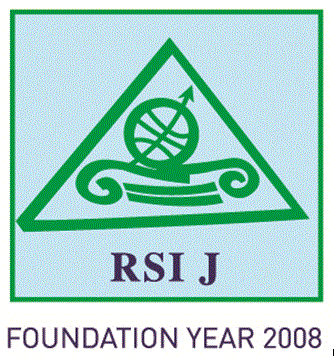Panagiotis SAVIOLAKIS
Ph.D. Candidate, Department of Maritime Studies, University of Piraeus,
psaviolakis@unipi.gr
Michalis PAZARZIS
Professor, Neapolis University Pafos,
michalis.pazarzi@nup.ac.cy
Abstract
The main objective of this essay is to access the different forms of the European response to the challenge of the Open Ship Registries and the Flags of Convenience. The policies concerning the maritime sector adopted by the various European Countries differ significantly. The method followed to support this essay is bases mainly on the in-depth research in the regulatory framework established in the respective States as well as the European Institutions themselves. The analysis includes a multi-layered assessment of the key features of the Offshore and International Ship Registers. The findings of the current essay extend beyond the obligatory compliance to the legal restrictions posed by the Flag’s Authorities. They include important business characteristics such as the type of vessel, the geographical area of business activity and the tax regime. The novelty of this essay lies in the specialization in the shipping policies that were implemented by the European countries and the comparison among them.
Keywords: Open Ship Registry, Flags of Convenience, Second Ship Registry, Offshore Ship Registry, International Ship Registry
JEL classification: F13, L92, O31, O38
pp. 69-81
